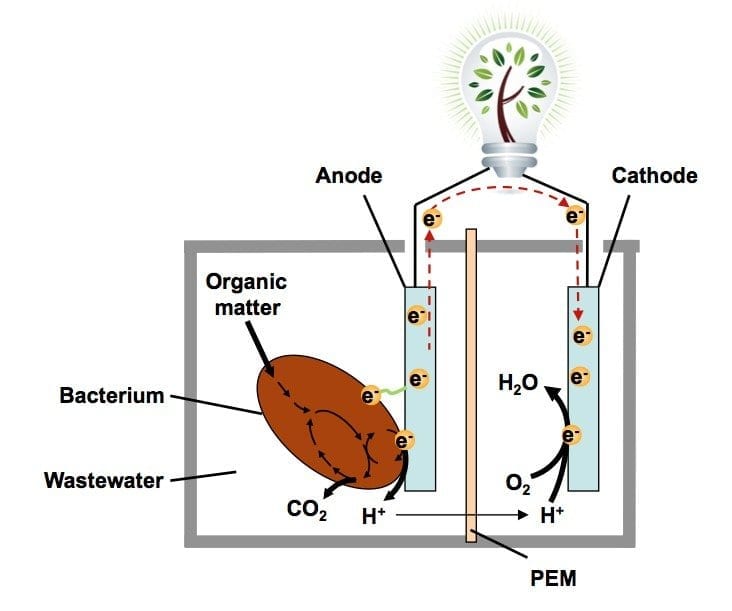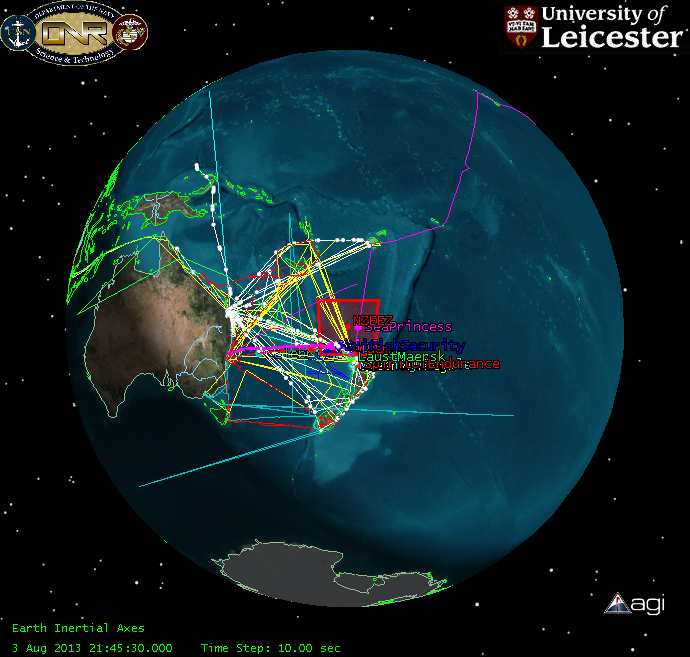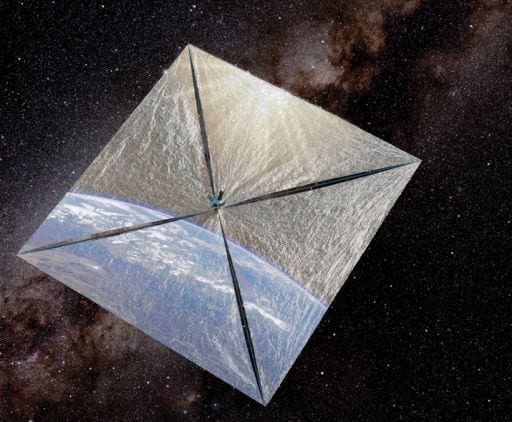
Researchers in Trondheim have succeeded in getting bacteria to power a fuel cell. The “fuel” used is wastewater, and the products of the process are pure water droplets and electricity.
“This is an environmentally-friendly process for the purification of water derived from industrial processes and suchlike”, says SINTEF researcher Luis Cesar Colmenares, who is running the project together with his colleague Roman Netzer. “It also generates small amounts of electricity – in practice enough to drive a small fan, a sensor or a light-emitting diode”, he says.
In the future, the researchers hope to scale up this energy generation to enable the same energy to be used to power the water purification process, which commonly consists of many stages, often involving mechanical and energy-demanding decontamination steps at its outset.
Nature’s own generator
The biological fuel cell is powered by entirely natural processes – with the help of living microorganisms.
“In simple terms, this type of fuel cell works because the bacteria consume the waste materials found in the water”, explains Colmenares. “As they eat, the bacteria produce electrons and protons. The voltage that arises between these particles generates energy that we can exploit. Since the waste in the wastewater (organic material) is consumed and thus removed, the water itself becomes purified”, he says.
Read more: Running fuel cells on bacteria
The Latest on: Biological fuel cell
[google_news title=”” keyword=”Biological fuel cell” num_posts=”10″ blurb_length=”0″ show_thumb=”left”]
via Google News
The Latest on: Biological fuel cell
- Study reveals role of iron in allergic asthma and points to potential new therapieson May 8, 2024 at 11:00 am
New USC research shows that iron serves as a gas pedal driving certain immune cells that cause inflammation in the lungs during an allergic asthma attack—and blocking or limiting iron may reduce the ...
- Why is breaking down plant material for biofuels so slow?on May 8, 2024 at 7:13 am
Tracking individual enzymes during the breakdown of cellulose for biofuel production has revealed how several roadblocks slow this process when using plant material that might otherwise go to waste.
- Ready. Aim. Fire: Mitochondria as Treatment Targetson May 7, 2024 at 7:44 am
Boosting mitochondrial function is about to revolutionize psychiatric treatment—and some metabolic strategies are readily accessible now.
- Unique fingerprint of cancer cells revealed in hydrogen atomson May 7, 2024 at 6:00 am
Geologists and biologists use earth science tools to identify cancer's unique atomic markers known as fingerprints.
- Cancer’s Hidden Code: Unmasking Atomic Secrets With Geological Precisionon May 6, 2024 at 12:00 pm
A groundbreaking study by CU Boulder and Princeton uses geological tools to detect cancer's unique atomic signatures, potentially enabling early diagnosis. Scientists at the University of Colorado ...
- Deepcell Announces Successful Installation of the First Commercial REM-I Platformon May 2, 2024 at 6:14 am
View the full release here: "With the full commercial launch of the REM-I platform, we look forward to seeing the broad range of scientific questions our customers tackle with the ability to combine ...
- More details on Norway’s giant hydrogen fueled-ferries emergeon May 1, 2024 at 7:04 am
When Norwegian ferry operator Trollhatten Nord announced that it had placed an order at the Mykelbust shipyard for what will be the world’s two largest hydrogen fueled ferries, few details of the ...
- Why is exercise good for you? Scientists are finding answers in our cellson April 30, 2024 at 5:00 pm
Decades of evidence shows that exercise leads to healthier, longer lives. Researchers are just starting to work out what it does to cells to reap this reward.
- Why we should go with the flow of our biological clockson April 25, 2024 at 10:00 pm
Columnist Susan Payrovi discovers how her body prefers to follow natural circadian rhythms, or biological clocks.
- Biological Nitrogen Fixationon August 13, 2020 at 10:28 pm
This “greening” of the water column has caused decreased levels of dissolved oxygen (DO) in bottom waters as planktonic algae die and fuel microbial ... root epidermal cells called root ...
via Bing News










